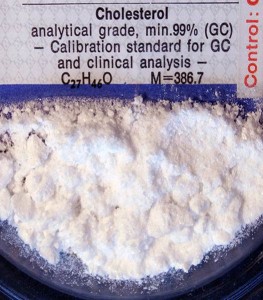Yesterday, the American College of Cardiology and American Heart Association released new groundbreaking guidelines on the treatment of blood cholesterol. These recommendations, which officially drop LDL target levels for patients on statin therapy, will fundamentally alter the way most primary care physicians and cardiologists treat hyperlipidemia. After reviewing the available data on statins, the authors concluded that there was no evidence to support an LDL target of either 70 or 100. Rather, patients should be placed on either moderate-intensity (lowers LDL by 30-50%) or high-intensity statin therapy (lowers LDL > 50%) as tolerated depending on their indication. Further, the recommendations formally advise against attempting to lower LDL below a specific target by adding a second medication (such as niacin or ezetimibe).
The new guidelines suggest that four major groups of patients that should be treated with statins: (1) patients with clinical atherosclerotic cardiovascular disease; (2) patients over 21 years old with LDL > 190; (3) patients without clinical atherosclerotic cardiovascular disease with diabetes and LDL > 70 and < 190; (4) patients without clinical cardiovascular disease or diabetes and a 10-year risk of atherosclerotic cardiovascular disease of > 7.5%. This risk is calculated using the new Pooled Cohort Equation, which can be found on the AHA website.
Of course, lifestyle modifications including weight loss, a heart healthy diet, avoiding tobacco products, and regular exercise remain the cornerstone of atherosclerotic cardiovascular disease risk reduction. The full recommendations can be found at http://content.onlinejacc.org/article.aspx?articleid=1770217.
Dr. Sherif Shoucri is a 1st year resident at NYU Langone Medical Center
Image courtesy of Wikimedia Commons

